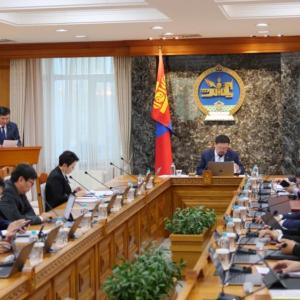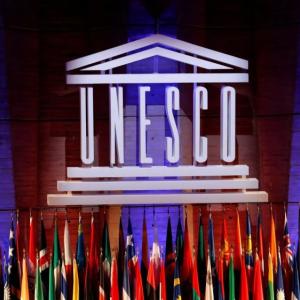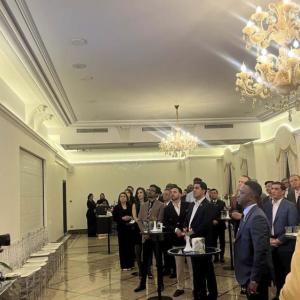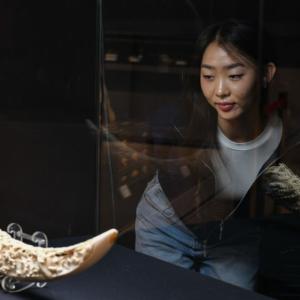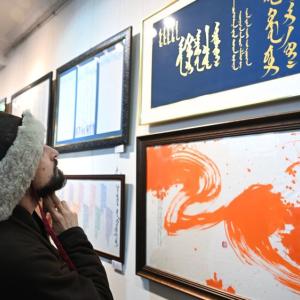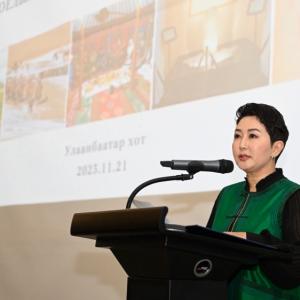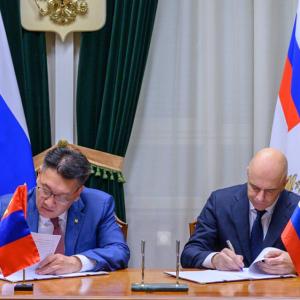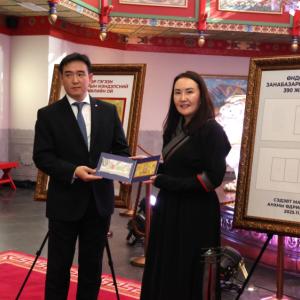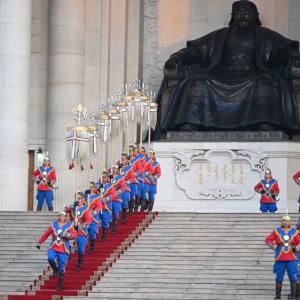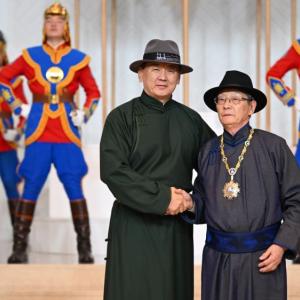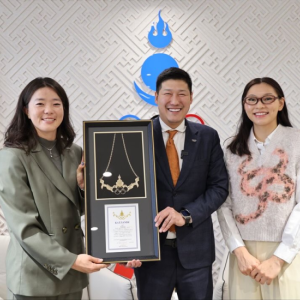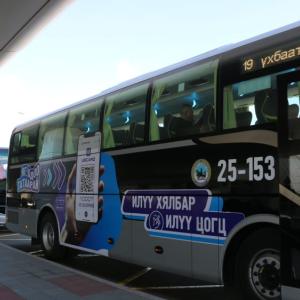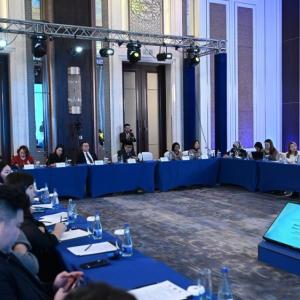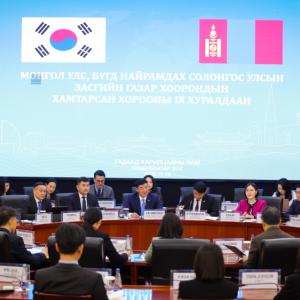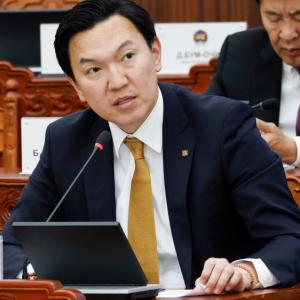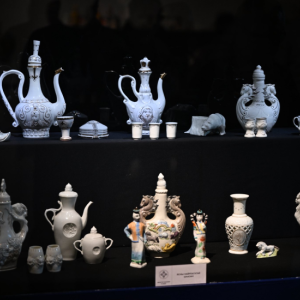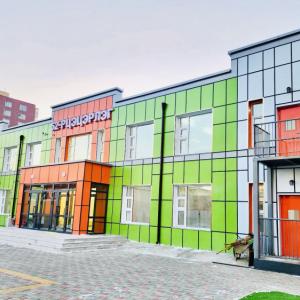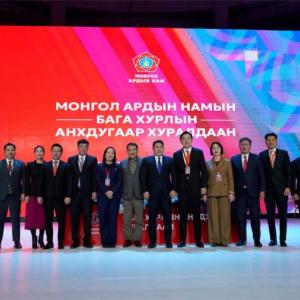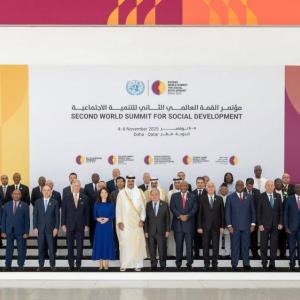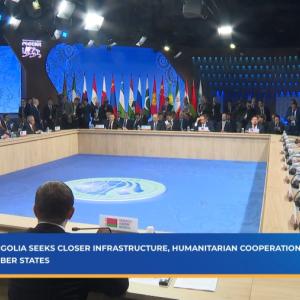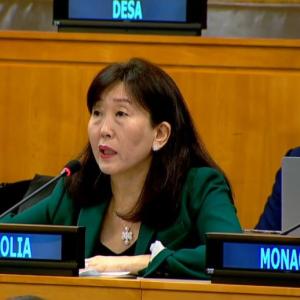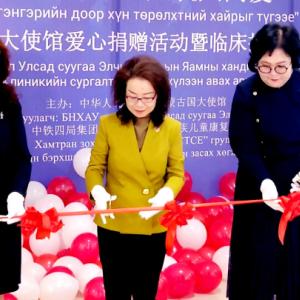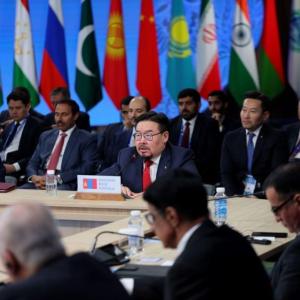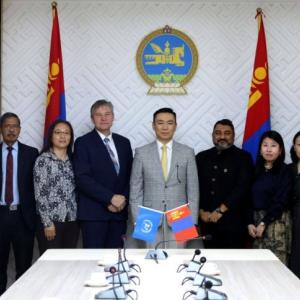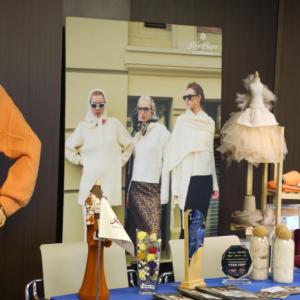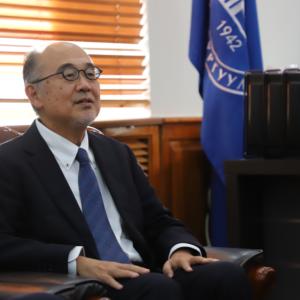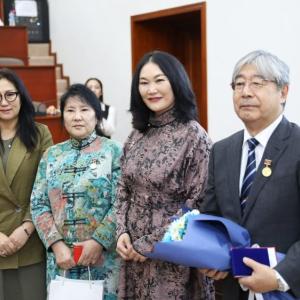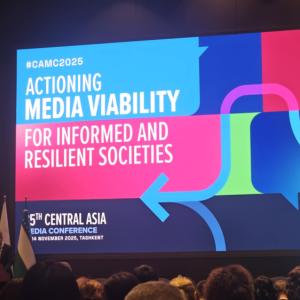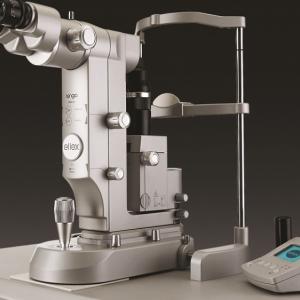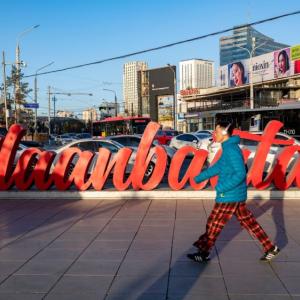Report on implementation of Law on Protection of Cultural Heritage
The Mongol Messenger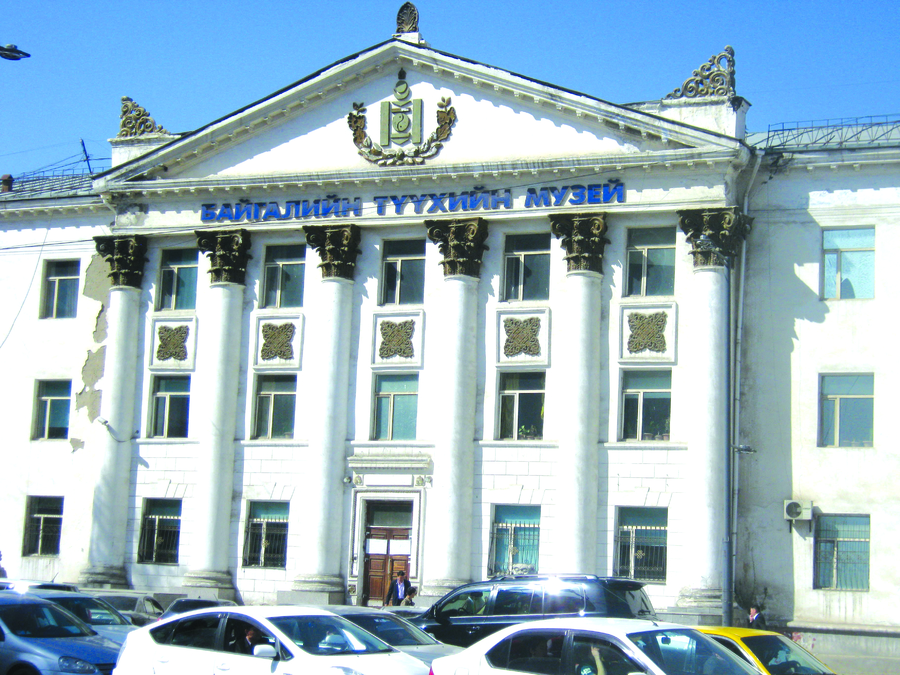
According to G.Zandanshatar, Head of Cabinet Secretariat, Mongolia is preparing for a national census on historical and cultural heritages this year. He was delivering a report by the Ministry of Education, Culture, Science and Sports to Parliament on April 12 in response to an inquiry on the state of the implementation of the Law on the Protection of Cultural Heritage and actions taken to protect cultural and historical heritages. The inquiry had been put forward to the Minister of Education, Culture, Science and Sports by MP J.Batzandan.
Pursuant to the Law on the Protection of Cultural Heritage, adopted in 2014, a national census on historical and cultural heritages will be held with an aim to enrich the existing heritage database and update the statistical figures. The last census was conducted in 2015-2016.
More importantly, the Ministry of Education, Culture, Science and Sports is drafting a Law on Museums which is expected to be submitted to Parliament within 2018.
As of January, 2018, there were 12 state-run and 24 provincial administration-run, and 8 privately-owned museums active in the country. There were also 16 museum halls run by government-owned and private organizations and universities.
In 2017, MNT 288 million was allocated from the State Budget on museum renovation and MNT 140 million on the purchase of equipment, according to the report. The Cabinet’s 2016-2020 action plan comprises an objective to reconstruct four museum buildings and renovate the treasuries of more than 10 museums.
There is a need to correlate the reconstruction and refurbishment of museum buildings with the type and operational characteristics of the museum, the report said, while highlighting the importance of avoiding the conventional approach to museum development, introducing new construction technologies and increasing the number of buildings with traditional design and architectural elements. The Ministry plans to run a large-scale program on museum development after adopting the Law on Museums.

The Ministry is also planning to transfer the ownership of major religious sites and establishments including the Erdene Zuu Museum, Amarbayasgalant Monastery, Baldan Bereeven Monastery, Temples of Uuld Beis and Erdenedalai Temple to the state, and is in talks with corresponding local administrative bodies. The report says that as of January, 2018, there is no single movable cultural or historical heritage in illegal possession of individuals as registered by the Ministry. However, 429 pieces of historical artifacts are in temporary possession of individuals after a legal agreement was made between the sides involved.
The report continued with legal actions taken against mishandling of museum artifacts and heritages. There have been three cases where historical artifacts weren’t returned to the museum after being sent to be exhibited abroad and corresponding actions were taken, it said. Moreover, law enforcement bodies have handled more than 20 cases of museum robbery in accordance with the corresponding laws.
In an effort to intensify restoration of cultural heritage, the Ministry plans to inaugurate the building of the Center of Cultural Heritage within 2018, which will improve the management and examination of artifacts. Mongolia has trained six experts specializing in restoration of cultural heritage in Poland and Japan.
In conclusion of the report, G.Zandanshatar affirmed the Ministry’s commitment towards improving the legal environment surrounding museums, resetting the standards on museum services, diversifying museums based on the national character of Mongolia, and resource of artifacts, renovating museum buildings, training museum staff and providing needed equipment in line with the national development strategy and financial situation, and objective to increase the educational role of museums in the society.
Following the report, MPs raised additional questions including an inquiry by MP O.Sodbileg on the building of the Natural History Museum. Currently, the Government is considering constructing the museum building with non-refundable aid from the Republic of Korea, and there is a need to cooperate with capital city authorities on the land permission.
Moreover, a question was asked regarding the program on stone-built cultural heritages, reflected in the 2016-2020 action program of the Cabinet. Preparations are underway for the program’s commencement this year. In scope of the program, more than 80 actions will be taken, including intensification of registration of stone-built cultural heritages in Mongolia, supporting study of stone-built heritages, restoring and promoting stone-built heritages and developing tourism based on the stone-built heritages.
The MPs also stressed the need to promote historical and cultural artifacts kept in museums, insert lessons on cultural heritage in school curriculums, offer free-of-charge visit to museums by students, and the opportunity to develop local tourism by renovating historical and cultural sites. G.Zandanshatar responded that it was possible for the Cabinet to step into the arrangement of free museum visits for students on weekends.
At the conclusion of the discussion, which continued throughout the afternoon, MP J.Batzandan explained the reason behind raising the issue of cultural heritage saying, “Lack of promotion of Mongolian culture among the young people will lead to the risk of being influenced by other cultures. Mongolia must be the center of Mongolian culture, and the Government must give this vital importance, correcting the faulty policy that has been in force until today,” and called for urgent proposals for the Bill on Museums.
Pursuant to the Law on the Protection of Cultural Heritage, adopted in 2014, a national census on historical and cultural heritages will be held with an aim to enrich the existing heritage database and update the statistical figures. The last census was conducted in 2015-2016.
More importantly, the Ministry of Education, Culture, Science and Sports is drafting a Law on Museums which is expected to be submitted to Parliament within 2018.
As of January, 2018, there were 12 state-run and 24 provincial administration-run, and 8 privately-owned museums active in the country. There were also 16 museum halls run by government-owned and private organizations and universities.
In 2017, MNT 288 million was allocated from the State Budget on museum renovation and MNT 140 million on the purchase of equipment, according to the report. The Cabinet’s 2016-2020 action plan comprises an objective to reconstruct four museum buildings and renovate the treasuries of more than 10 museums.
There is a need to correlate the reconstruction and refurbishment of museum buildings with the type and operational characteristics of the museum, the report said, while highlighting the importance of avoiding the conventional approach to museum development, introducing new construction technologies and increasing the number of buildings with traditional design and architectural elements. The Ministry plans to run a large-scale program on museum development after adopting the Law on Museums.

The Ministry is also planning to transfer the ownership of major religious sites and establishments including the Erdene Zuu Museum, Amarbayasgalant Monastery, Baldan Bereeven Monastery, Temples of Uuld Beis and Erdenedalai Temple to the state, and is in talks with corresponding local administrative bodies. The report says that as of January, 2018, there is no single movable cultural or historical heritage in illegal possession of individuals as registered by the Ministry. However, 429 pieces of historical artifacts are in temporary possession of individuals after a legal agreement was made between the sides involved.
The report continued with legal actions taken against mishandling of museum artifacts and heritages. There have been three cases where historical artifacts weren’t returned to the museum after being sent to be exhibited abroad and corresponding actions were taken, it said. Moreover, law enforcement bodies have handled more than 20 cases of museum robbery in accordance with the corresponding laws.
In an effort to intensify restoration of cultural heritage, the Ministry plans to inaugurate the building of the Center of Cultural Heritage within 2018, which will improve the management and examination of artifacts. Mongolia has trained six experts specializing in restoration of cultural heritage in Poland and Japan.
In conclusion of the report, G.Zandanshatar affirmed the Ministry’s commitment towards improving the legal environment surrounding museums, resetting the standards on museum services, diversifying museums based on the national character of Mongolia, and resource of artifacts, renovating museum buildings, training museum staff and providing needed equipment in line with the national development strategy and financial situation, and objective to increase the educational role of museums in the society.
Following the report, MPs raised additional questions including an inquiry by MP O.Sodbileg on the building of the Natural History Museum. Currently, the Government is considering constructing the museum building with non-refundable aid from the Republic of Korea, and there is a need to cooperate with capital city authorities on the land permission.
Moreover, a question was asked regarding the program on stone-built cultural heritages, reflected in the 2016-2020 action program of the Cabinet. Preparations are underway for the program’s commencement this year. In scope of the program, more than 80 actions will be taken, including intensification of registration of stone-built cultural heritages in Mongolia, supporting study of stone-built heritages, restoring and promoting stone-built heritages and developing tourism based on the stone-built heritages.
The MPs also stressed the need to promote historical and cultural artifacts kept in museums, insert lessons on cultural heritage in school curriculums, offer free-of-charge visit to museums by students, and the opportunity to develop local tourism by renovating historical and cultural sites. G.Zandanshatar responded that it was possible for the Cabinet to step into the arrangement of free museum visits for students on weekends.
At the conclusion of the discussion, which continued throughout the afternoon, MP J.Batzandan explained the reason behind raising the issue of cultural heritage saying, “Lack of promotion of Mongolian culture among the young people will lead to the risk of being influenced by other cultures. Mongolia must be the center of Mongolian culture, and the Government must give this vital importance, correcting the faulty policy that has been in force until today,” and called for urgent proposals for the Bill on Museums.
The article appears on the 16th issue of the Mongol Messenger, out on April 20.
image source: barilga.mn
image source: barilga.mn
 Ulaanbaatar
Ulaanbaatar










